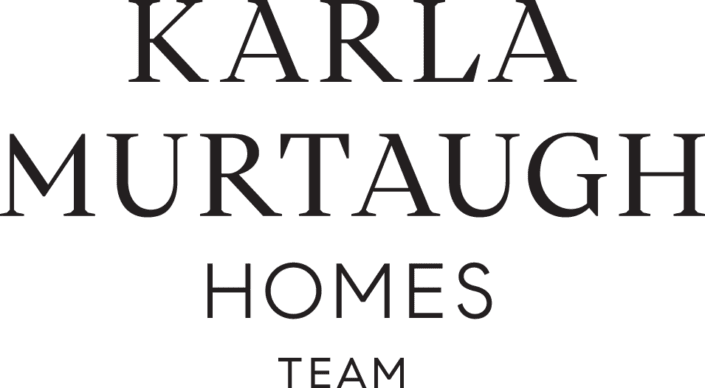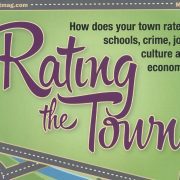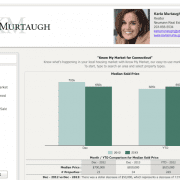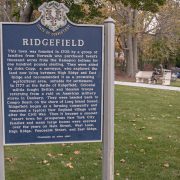Mortgage Rates Drop Again; Existing Home Sales And Prices Climb
As we head into the busy spring home-selling season, homebuyers will be happy to know that mortgage rates are back on the decline. The same can’t be said of home prices, though, which continue to rise. Freddie Mac’s just-released weekly survey of lenders shows little change in the following average rates for the most popular home loan terms:
30-year fixed-rate mortgages averaged 3.62% with an average 0.6 point for the week ending Feb. 18, 2016. A year ago, the rate averaged 3.80%.
15-year fixed rates averaged 2.93% with an average 0.5 point. The same term priced at 3.07% a year ago.
5-year adjustable-rate mortgages priced at 2.79% with an average 0.5 point. Last year at this time, the same ARM averaged 2.99%.
“Since the beginning of 2016, 30-year rates have fallen almost 40 basis points, helping housing markets sustain their momentum into this year.” Sean Becketti, chief economist for Freddie Mac, said in a release.
In the meantime, rising home prices put a damper on home loan activity, according to the Mortgage Bankers Association weekly report. Overall, mortgage loan applications dropped 4.3% from one week earlier, with an 8% slip in refis in contrast to previous weeks of gains. Purchase applications were down 4%, but are still 27% higher than the same week one year ago.
Existing-home sales, home prices climb.
A shortage of housing inventory is pushing home prices and sales to new heights, but the upward climb isn’t necessarily a good thing for homebuyers.
According to the National Association of Realtors, existing-home sales in January climbed slightly — 0.4% — to a seasonally adjusted annual rate of 5.47 million. That’s the highest annual rate since July 2015. While that’s good news for the market, homebuyers are feeling the pressure of inventory shortages, which helped push the median existing-home price up to $213,800, an 8.2% increase over January 2015.
Lawrence Yun, NAR chief economist, says that the housing market is off to a strong start this year, but a slowdown in new-home construction, as well as a lack of existing homes for sale in many markets, has the potential to keep pushing prices higher.
“The spring buying season is right around the corner, and current supply levels aren’t even close to what’s needed to accommodate the subsequent growth in housing demand,” Yun said in a release. “Home prices ascending near or above double-digit appreciation aren’t healthy — especially considering the fact that household income and wages are barely rising.”
To complicate things a bit more, new-home sales fell 9.2% in January to a seasonally adjusted annual rate of 494,000, according to the U.S. Commerce Department. A 32.1% drop in new sales in the West (where homes are typically more expensive) was the driving force behind the plunge, followed closely by losses in the Midwest.
With a stall in new housing starts during these cold winter months, homebuyers might find it difficult to get into a newly built home or resale without some fierce competition. And despite mortgage rates staying below 4%, more homebuyers might be priced out of the market as housing prices continue to rise.
*This article originally appeared on NerdWallet.












